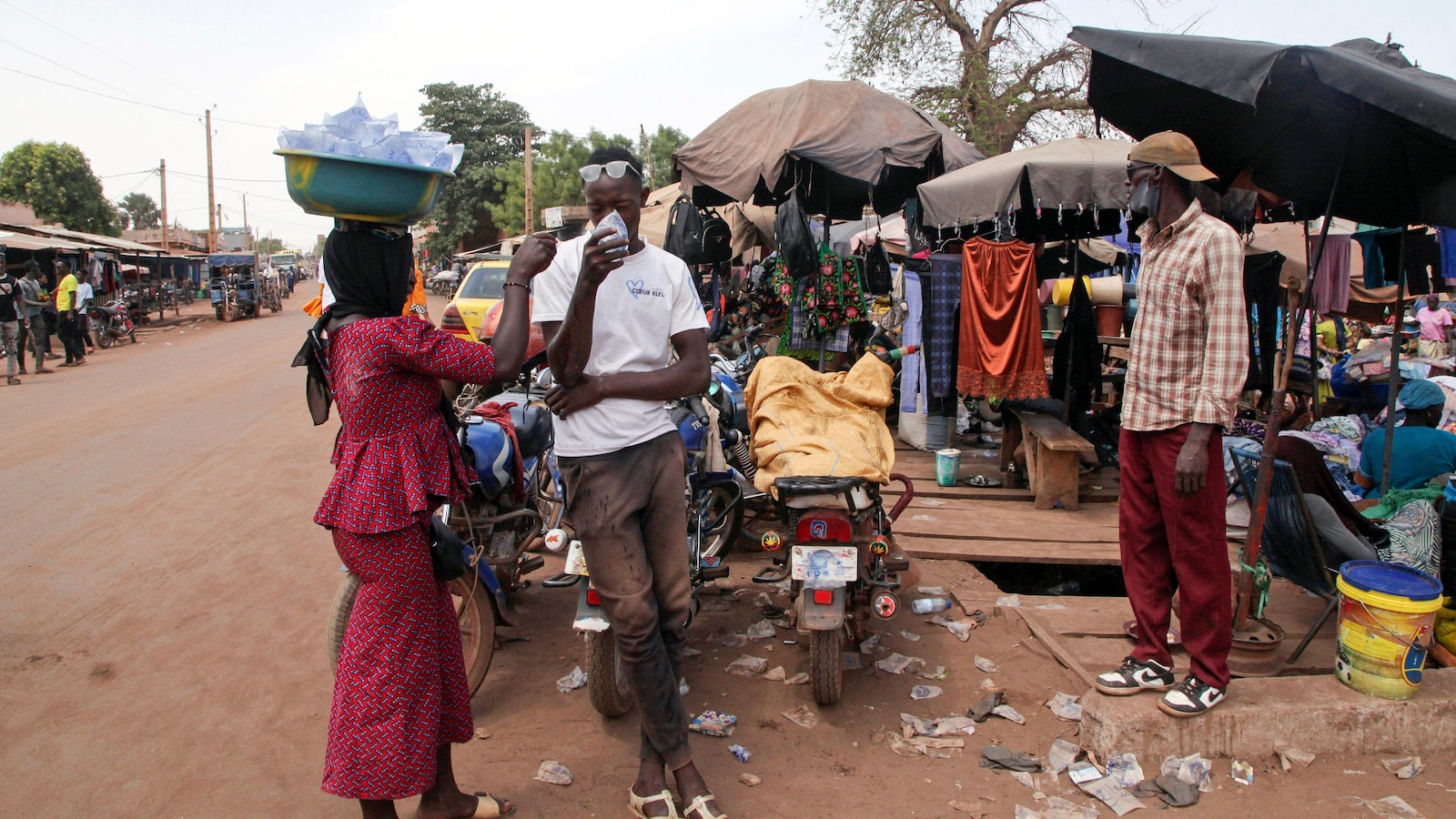Children in West and Central Africa Face Grave Health Risks from Extreme Heat
Rising temperatures endanger health, increase vulnerability to other diseases
Children in West and Central Africa are increasingly exposed to extreme heat, posing significant threats to their health and development. According to a recent report by UNICEF, the frequency of heatwaves in the region has more than quadrupled since the 1960s.
One of the most devastating impacts of extreme heat is its contribution to increased rates of stillbirths, low birth weight, and preterm births. Pregnant women are particularly vulnerable to heat stress, which can lead to these adverse outcomes.
In addition, exposure to high levels of heat leaves children more susceptible to developing chronic diseases and contracting infectious diseases, such as malaria and dengue, which thrive in high temperatures. Malaria, a mosquito-borne illness, can be especially dangerous for children, as it can lead to neurological damage and even death if left untreated.
The health risks associated with extreme heat are particularly concerning in Central Africa, where an outbreak of mpox (previously known as monkeypox) is currently underway. Nearly 70% of mpox cases in the Democratic Republic of Congo are in children younger than 15, who also account for 85% of deaths.
Climate change is the driving force behind the increase in extreme heat events in West and Central Africa. These countries have contributed very little to global greenhouse gas emissions, yet they are bearing the brunt of its consequences.
To protect children from the harmful effects of extreme heat, UNICEF is calling on governments to take urgent action to reduce carbon emissions and mitigate climate change. This includes investing in renewable energy, promoting sustainable agriculture, and supporting communities to adapt to a changing climate.
Addressing the health risks of extreme heat requires a multi-faceted approach that includes:
- Providing vulnerable populations with access to cooling centers, such as air-conditioned schools and community centers.
- Raising awareness about the dangers of heat exposure and promoting protective behaviors, such as staying hydrated and wearing loose, light-colored clothing.
- Strengthening health systems to better respond to heat-related illnesses and ensure timely access to essential services.
- Investing in research to better understand the health impacts of extreme heat, particularly on children and pregnant women.
By taking these steps, we can help protect the health and well-being of children in West and Central Africa, who are facing the disproportionate impacts of climate change.



